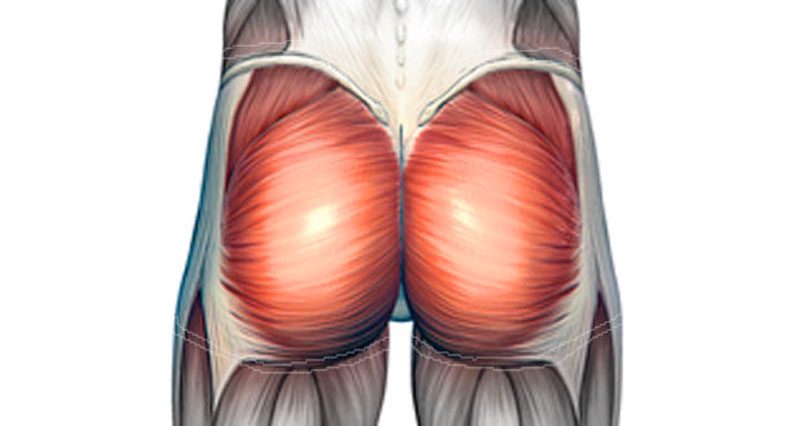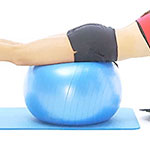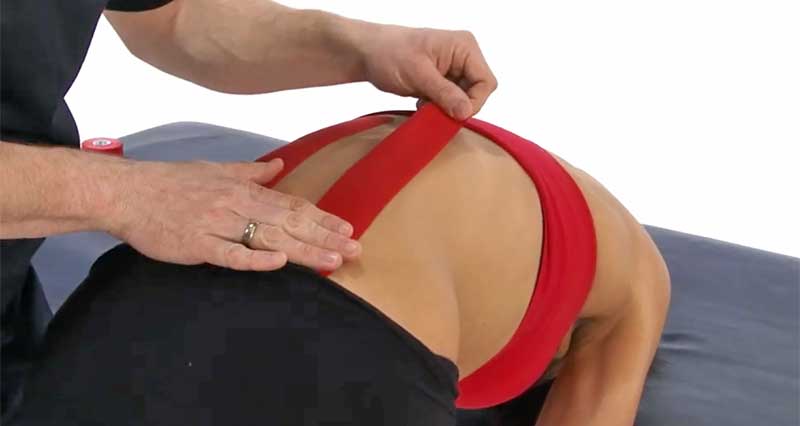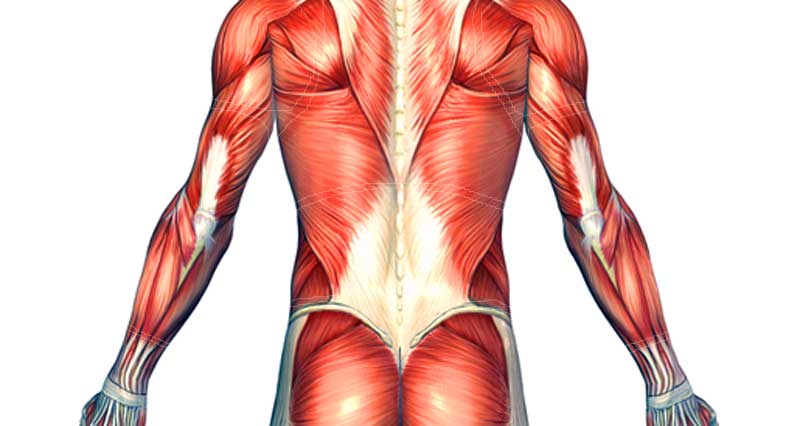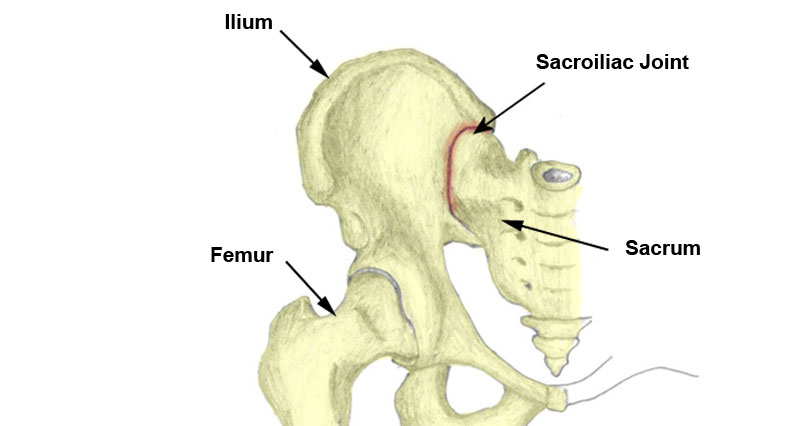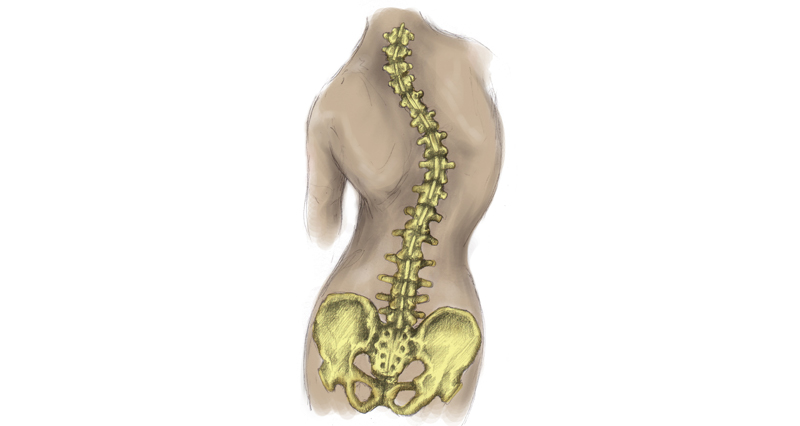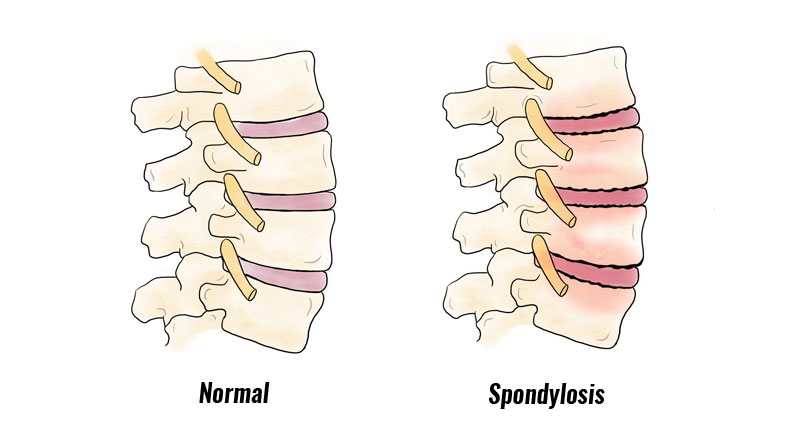Myofascial pain or trigger points in the Gluteus medius and Piriformis muscles can cause pain in the buttock area.
Symptoms of Myofascial Pain
Myofascial pain symptoms include:
- Pain and tension in the buttocks or low back.
- Pain radiates into the back of the thigh, particularly when pressed (palpated).
- Hip mobility may be affected, especially internal rotation.
What is a trigger point?
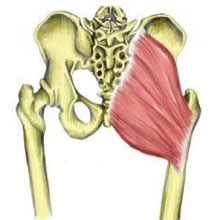
A trigger point is a small, tight knot in a muscle that can cause pain and discomfort. In the case of myofascial pain in the buttock, a trigger point in the gluteus maximus may lead to pain in the lower back or buttock, sometimes spreading to other areas.
Treatment of Myofascial Pain
Managing myofascial pain focuses on improving muscle health through stretching, strengthening exercises, and massage. These techniques help release tension, improve flexibility, and reduce discomfort.
Stretching exercises
Begin a comprehensive stretching routine for the muscles of the lower back, hip, and groin. The following exercises are great for stretching the gluteal (buttock) muscles.
The gluteal figure 4 stretch
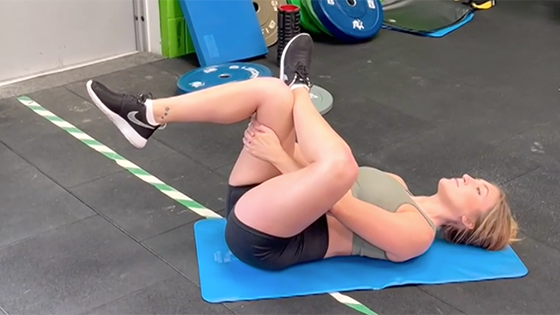
Teaching points:
- On your back cross your right ankle over the left knee
- Grip the thigh of your left leg and pull the knee towards you, lifting your foot off the floor
- Pull the knee further towards you to increase the stretch
Prone (Lying on Front) Piriformis Stretch
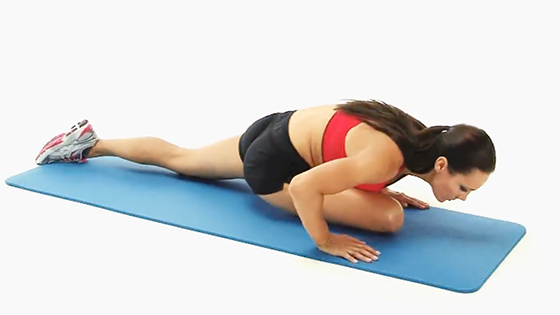
Teaching points:
- Lie on your stomach with your legs extended
- Bend your affected leg, bringing the knee towards the same-side elbow
- Slowly angle your knee outwards while keeping your hips square to the floor
- Rest your forearms on the ground and gently lower your upper body over your bent leg
Standing piriformis stretch
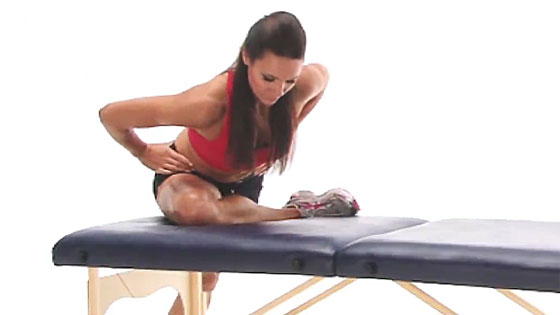
Teaching points:
- Stand upright and place your affected foot on a stable surface at knee height (e.g., a low table or bench)
- Keep your back straight and hinge forward slightly at the hips.
Identify causes
Identify the cause of the trigger points and myofascial pain.
They are a secondary condition that will have been caused by another problem such as low back conditions or a muscle imbalance or instability of the pelvis.
Foam roller
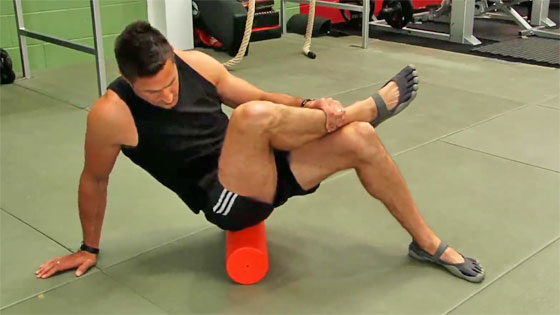
Foam roller exercises are excellent for relaxing the muscle and releasing knots and trigger points. They are especially useful if you do not have access to regular massages.
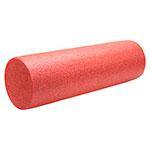
Foam Rollers
Massage
Apply deep tissue massage techniques to the gluteal muscles. A good massage therapist can feel lumps and bumps in the muscles. They use a variety of techniques to pump blood through the muscle and relax them.
In particular, trigger point therapy involves applying sustained local pressure to the trigger point. Holding it in place until tension (or pain) subsides, then increase pressure once more. This is repeated until no further gains are achieved.
Acupuncture
Dry needling or acupuncture may help release tension and lengthen muscles
